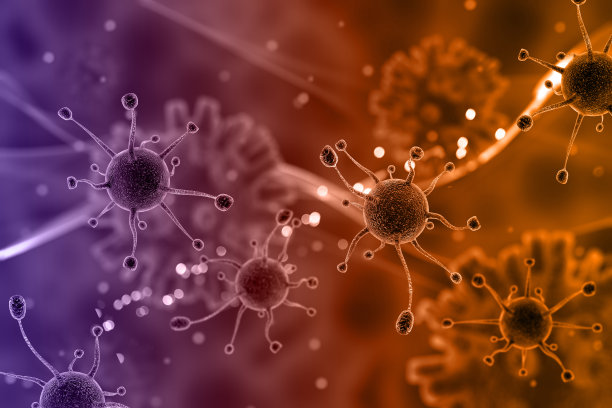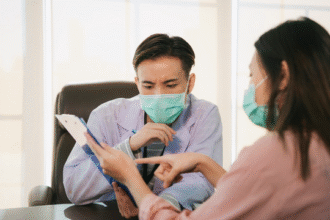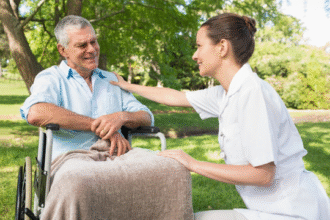Infectious Mononucleosis (EBV)
Infectious mononucleosis (“mono”) is usually caused by Epstein–Barr virus (EBV). It most often affects adolescents and young adults and is marked by fever, sore throat, fatigue, and swollen lymph nodes. Hepatosplenomegaly and a transient rash can occur.
Transmission and Incubation
- Spread mainly via saliva (kissing, sharing drinks/utensils); less commonly via blood or organ transplant.
- Incubation is typically 4–6 weeks.
- Shedding can persist for weeks to months; practical prevention focuses on avoiding saliva contact while symptomatic.
Key Signs and Symptoms
- Fever, pharyngitis (often exudative), painful lymphadenopathy (especially posterior cervical), profound fatigue.
- Palatal petechiae; mild periorbital edema may occur early.
- Hepatosplenomegaly with mild transaminase elevation is common.
- Rash can occur spontaneously and is very common after exposure to aminopenicillins (e.g., amoxicillin/ampicillin) given for presumed strep throat.
Complications and Who’s at Risk
- Airway obstruction from tonsillar hypertrophy.
- Splenic rupture (usually within 2–3 weeks of illness onset), hemolytic anemia, thrombocytopenia, hepatitis.
- Neurologic: meningoencephalitis, peripheral neuropathies (rare).
- Higher risk with intense contact sports during the acute phase and in the immunocompromised.
Diagnosis
- CBC: lymphocytosis with atypical lymphocytes; mild thrombocytopenia possible.
- Heterophile antibody (“Monospot”) test: rapid but less sensitive early in illness and in young children.
- EBV serology: VCA IgM (acute), VCA IgG (past or current), EBNA IgG (past infection). Patterns help stage infection.
- Consider strep testing (rapid antigen or culture) if bacterial pharyngitis is suspected; coinfection can occur.
Treatment and Home Care
- Supportive care: rest, fluids, antipyretics/analgesics (acetaminophen or NSAIDs as age/health allows), throat lozenges/saline gargles.
- Corticosteroids are reserved for specific indications (impending airway obstruction, severe hemolytic anemia or thrombocytopenia) and not for routine symptom control.
- Avoid aminopenicillins (amoxicillin/ampicillin); if streptococcal pharyngitis is confirmed, alternatives like penicillin V or azithromycin can be considered.
- Alcohol avoidance during acute illness due to liver involvement.
What to Avoid
- No contact or collision sports during the first 3 weeks from symptom onset and until splenomegaly and systemic symptoms have resolved. Longer restriction may be needed; individualized clearance (clinical exam ± ultrasound) is reasonable for competitive athletes.
- Avoid sharing drinks, utensils, or kissing while symptomatic.
Return to School/Work and Sports
- Return to normal activities when fever has resolved and energy and swallowing are improving.
- Gradual return to sports after at least 3 weeks and when spleen is no longer enlarged and you feel well; discuss timing with a clinician/athletic trainer.
Prevention and Reducing Spread
- Hand hygiene and avoiding saliva exposure (no sharing of cups, straws, utensils, or lip balm).
- There is no vaccine against EBV currently in routine use.
When to Seek Medical Care (Red Flags)
- Trouble breathing, drooling, or severe difficulty swallowing (possible airway compromise).
- Severe left upper abdominal pain, sudden shoulder pain, or lightheadedness (possible splenic rupture) — emergency evaluation.
- Persistent high fever > 7 days, severe dehydration, confusion, jaundice, or severe headache/neck stiffness.
Educational information only; for diagnosis, testing, and customized clearance for sports or school, consult a clinician.







